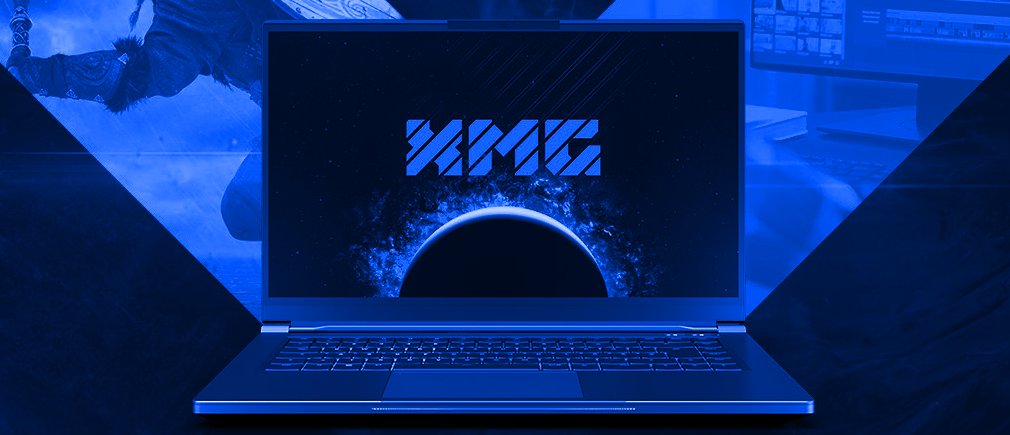This article aims to give you a rough overview about the current state of Undervolting, including detailed instructions, potential risks, benefits and some political background. Undervolting is the deliberate reduction of electrical voltage on the CPU and GPU. If applied correctly, it has the potential to slightly lower the temperature and power consumption of your system without affecting system stability. During situations of high load, Undervolting can even increase the overall performance because the component’s temperature target is delayed, giving the component more time to unfold its boost potential.
State of Undervolting in 2020
Undervolting received quite a blow in late 2019 with the publication of a potential exploit, called ‘Plundervolt’. In late 2019, a security research team found out that aggressive Undervolting (-250mV on systems with Intel’s ‘Kaby Lake’ platform) does not only cause Bluescreens – the resulting calculation errors can also cause malicious code to read memory addresses from the secured enclave of a little-known Intel system called SGX: Intel Software Guard Extensions. By default, SGX is disabled in our systems and we only know about a very small number of real-world applications, which hare:
- A Windows-based password manager (but not KeePass)
- Playback of copyright-protected Ultra-HD Blu-Ray Discs
But even though SGX seems to be a very niche system (at least in the PC client space), Intel had to do something about it. Since the potential SGX exploit is apparently not able to be patched in current platforms, Intel saw only once way to mitigate this issue. They recommended system vendors to not allow Undervolting anymore. This was published in the Intel security advisory INTEL-SA-00289 which received little to no attention in the mainstream press. The public version of this advisory is very vague and only suggests end users to “update to the latest BIOS version provided by the system manufacturer that addresses these issues”. But there is also a related, more detailed document which basically advises system vendors to disable all Undervolting hooks, including those that have previously been used by tuning software like Intel XTU before.
Pushback from the community
Naturally, there is some inertia in the industry – so it took months before users of various brands started noticing new Undervolting-blocking firmware updates. Usually those come in the form of an optional BIOS update, but there also have been reports of systems having automatically been patched over Windows Updates. But the biggest push against Undervolting came with the release of a new generation of Intel CPUs. A new generation of high-end mobile chipsets called “Comet Lake H” was announced in April this year. By this time, all OEMs have gotten Intel’s memo and most of them chose to disable Undervolting in new Comet Lake systems from Day 1.
This naturally generated some pushback with outspoken community members voicing their concerns over the lack of choice and ownership. After all, it should be up to the end-users if they prioritize security over performance, especially considering the very niche practical usage scenario of the ‘Plundervolt’ exploit. One of the rallying points of this community response was a thread on Notebookreview, where users assembled a list of reports and system model names which got locked out of Undervolting with these new updates.
- BLACK LIST. Adjustable voltage control/turbo ratio limits are locked out due latest Win Update/Bios [Notebookreview Forum]
In April, we at Schenker also reached out to ODMs and to various contacts in Intel, digging for information and advocating for a more measured approach on this issue. Since then, it looks like the situation has become a little bit more dynamic. We managed to convince our ODM to unlock Undervolting for all of our new Comet Lake based systems (with currently one single exception: XMG ULTRA 17) and we have also seen some other system vendors to follow suite. But when you buy a random Intel-based laptop in 2020, there is no guarantee that Undervolt will work. It will be down to each individual system and BIOS version – buyer’s beware!
- 1 - Introduction
- 2 - BIOS-based Undervolting
- 3 - How to safely apply CPU Undervolting Step-by-Step
- 4 - Undervolting on the iGPU
- 5 - Comet Lake Update: New tolerance levels on Intel’s latest platform
- 6 - Detailed single unit test: 0mV vs. -50mV
- 7 - Diagrams: CPU temperature and fan speed over time
- 8 - Conclusion and survey

































Kommentieren